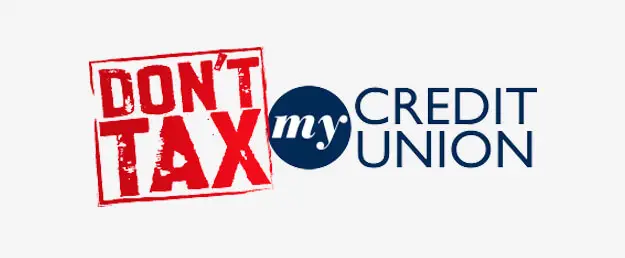What crucial three-digit number does nearly every adult possess? If you guessed an area code or a card security code (or CSV), you’d be wrong. Yes, these are notable digits—but not as important as your credit score rating.
A good credit score opens doors by letting lenders know that you have a proven track record of paying on time for loans and credit cards. A not-so-great credit score, on the other hand, can raise a few red flags.
Suppose you have a bad credit score rating. You know that it can negatively impact many areas of your life, from increased interest rates to mortgage approvals. Even property managers will deny rental applications for tenants with poor credit because it signals late or missed payments.
How to boost your credit score rating
First things first, you need to understand your credit score and where it stands. Credit score ratings range from 300 to 850 as follows:
- Excellent Credit: 750–850
- Good Credit: 700–749
- Fair Credit: 650–699
- Poor Credit: 600–649
- Bad Credit: 300–600
Once per year, you can get a free copy of your credit report from the three major credit bureaus by visiting AnnualCreditReport.com. This report allows you to identify which factors are hurting your credit score. From there, you can focus on improving those areas. Here are a few common steps people take to improve their scores.
Diversify your debt
Debt tends to get a bad rap, but it can positively affect your credit score rating—when handled responsibly. If you need a new type of loan that you haven’t used before (and know you can make regular payments), consider taking it on. Lenders like to see that you can manage various types of loans and debts.
Different types of DEXSTA credit cards and loans can improve your credit score rating. For example, auto loans fall into the “installment loan” category, and credit cards fall into the “revolving loan” category. If you’ve been paying down an auto loan, but don’t have a credit card, your score could increase by opening a credit card account. With any new account, make sure you can make regular payments as scheduled.
Manage your credit cards with care
While revolving loans, such as credit cards, are an excellent way to boost your credit score rating—they tend to have a more complex relationship. A vital factor to keep in mind when taking on revolving credit is the ratio between how much you have and how much you use.
To improve your credit score, aim to use less than 30% of your maximum credit allowance. For example, if you’re approved for up to $5,000, keep your balance below $1,500. If you need to put a more substantial amount on credit, open a new account, or ask for a credit limit increase. Increasing your limit can decrease your utilization rate and move your credit score in the right direction.
Think twice before closing accounts
Once you achieve a “good” or “excellent” credit score rating, you’ll want to keep it high. To maintain your score, close accounts with caution. While it can be tempting to simplify your financial life, closing an account wipes out the entire line of credit attached to that card and reduces your accounts’ average age. Since having several accounts in good standing for some time factors into a good credit score, keeping accounts open and in good standing benefits your credit score in the long-run.
These are just a few ways to raise and maintain your credit score rating. The bottom line? Healthy credit scores are the result of consistent, reliable, and responsible credit management.
Want extra help evaluating or improving your credit score? Contact us to schedule an appointment to discuss personalized options.





